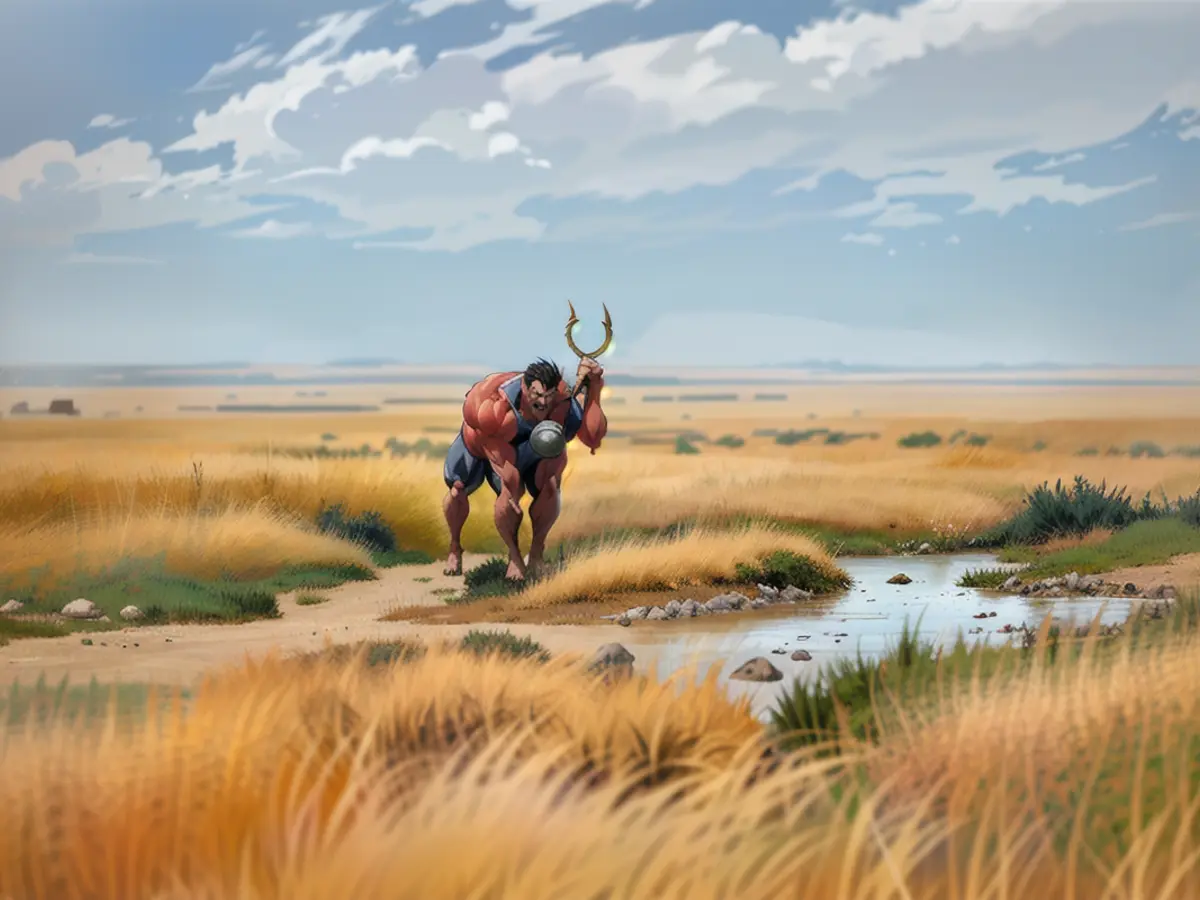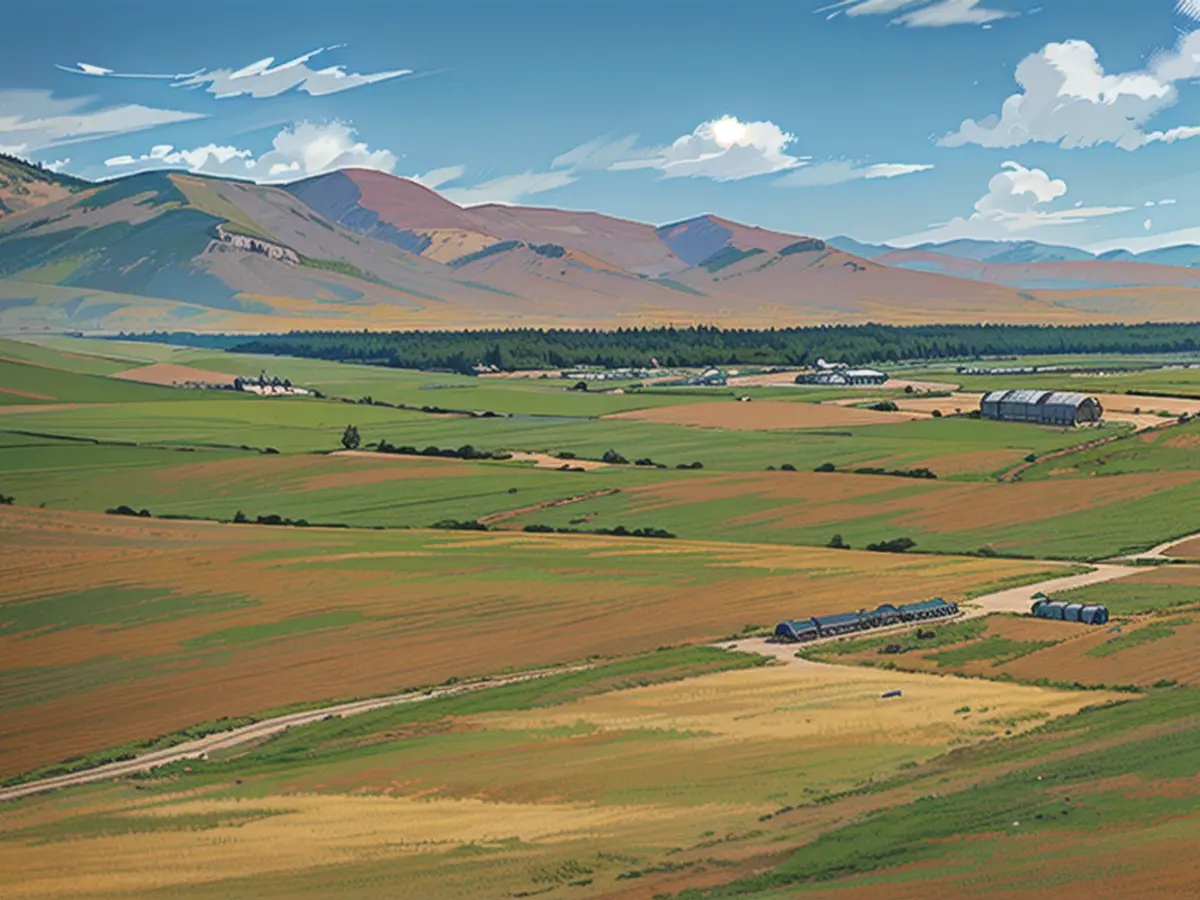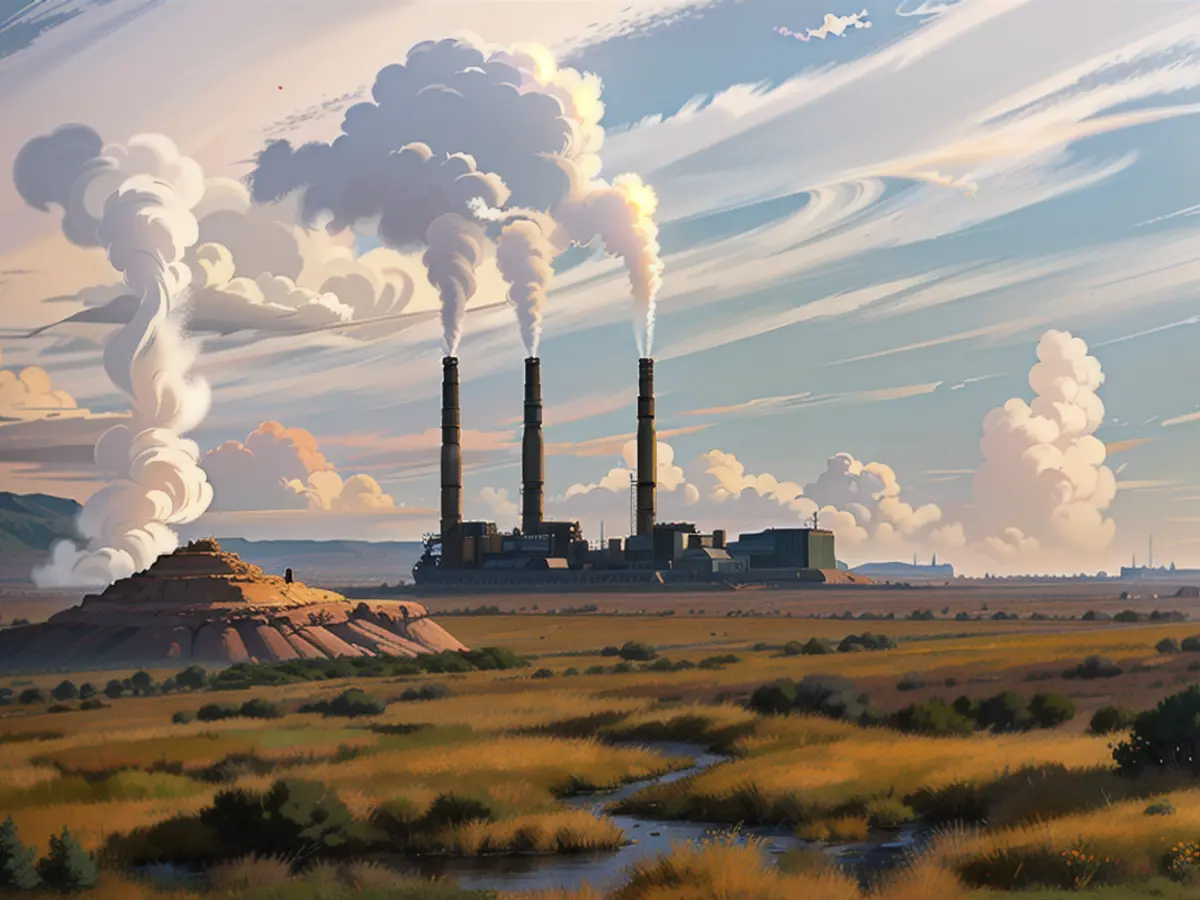The United Nations reports that nearly half of all pastureland is becoming drier.
About 1/6th of the world's food comes from grasslands, and they also help keep carbon stored. But 40-50% of these areas are degraded. The UN reminds us that many people's lives hang in the balance when it comes to preserving these landscapes.
Nearly half of the earth's natural grasslands - which covers more than half our planet's land - are in bad shape. In a UN report, experts say up to 50% of these areas, known as rangelands, have deteriorated soil. This is a "serious threat to humanity's food supply and the well-being or even survival of billions of people," states the UNCCD in Bonn. "The conversion of ancient rangelands happens in silence," agrees Ibrahim Thiaw, the UNCCD's Executive Secretary.
What Counts as a Rangeland?
Rangelands are terrains that wild animals and livestock graze on, with natural vegetation dominating. These kinds of semi-natural grasslands include prairies, steppes, savannahs, scrublands, deserts, and tundras. These landscapes are not forests or intensively farmed areas.
The report claims that they cover roughly 54% of the Earth's surface. "Rangelands constitute one-sixth of global food production and represent almost a third of the Earth's carbon storage,"UNCCD declares. An estimated two billion people rely on these areas. Eighty-four percent of these landscapes are employed for cattle farming.
The issues troubling these grasslands include low soil fertility, lack of nutrients, erosion, salinization, and soil compaction. All these things lead to more drought, rainfall variation, and loss of biodiversity on the land and below it.
What's Causing the Damage?
The main source of the decline is changes in land use. These lovely pastures are being converted into farmland, driven in part by the demand for food, textile fibers, and biofuels. Improper care of them - either overuse or neglect - also contributes to rangelands' degradation. The climate crisis and loss of biodiversity are also factors affecting pastoral landscapes.
In many West African countries, eight out of 10 people work in livestock farming. In Central Asia and Mongolia, half the land is set aside for pasture, and livestock farming supports nearly a third of the population. There are large grasslands in North and South America, Africa, and Australia.

In the United States, much of the grassland has become farmland. Meanwhile, some Canadian grasslands are being damaged by extensive mining and infrastructure projects. Urbanization, reforestation, and renewable energy production are threatening grasslands in Europe.
Is there Rangeland in Germany?
As per the UNCCD definition, there are none in Germany, as noted in the report's map. Still, grasslands exist in Germany, comprising about a third of all agricultural lands, explains Anja Schmitz from the Federal Agency for Nature Conservation. However, German grasslands have been formed mostly through farming efforts, not natural growth. Grasses are frequently sown purposely, meadows are mowed multiple times a year, and herds of livestock are typically confined to fenced pastures.
But there's such a thing as near-natural pasture farming in Germany, too. For instance, mountain pastures in mountainous regions or itinerant shepherds who conserve various grasslands in the cultural landscape by roaming around with their animals. Diversity is generally greater where animals graze, instead of on regularly mowed meadows.
Finally, the UNCCD proposes better support for pastoralism, a way of life dating back thousands of years, wherein people tend to sheep, goats, cattle, horses, camels, yaks, and llamas. These communities, totaling an estimated half a billion people worldwide, are often neglected, their voices not heard, marginalized, and considered outsiders in their own countries. As Thiaw puts it, "Pastoralists are often overlooked, they have no say in policy decisions, and they are marginalized and sometimes even regarded as outsiders in their own countries."
There are many important and interesting things to read in this text. You may want to think about:
- How much of our food and carbon storage depends on grasslands?
- Why are these places in a bad shape?
- What impact does it have on people?
- Where are the grasing lands worst off?
- Are there any solutions to this problem?
- What is pastoralism and why should we care?

Read also:
- This will change in December
- Dikes withstand water masses so far - Scholz holds out the prospect of help
- Fireworks and parties ring in 2024 - turn of the year overshadowed by conflicts
- Attacks on ships in the Red Sea: shipping companies avoid important trade route
The UN report highlights the importance of nature conservation in grasslands, as they contribute to 1/6th of the world's food and store nearly a third of the Earth's carbon. To ensure education about this issue, incorporating information about agriculture in these landscapes into school curriculums could be beneficial. Additionally, promoting sustainable farming practices in these areas can help maintain their health, contributing to both food security and carbon storage.
Source: www.ntv.de







